Philippe Elsworthy’s poignant images in the exhibition Evolving Urban Landscapes: A Photographic Memoir take us on a journey through the layers of time accrued in the urban fabric of Waterloo region. The exhibition is part of Building Waterloo Region, the summer-long festival of architecture spearheaded by former Waterloo Architecture director Rick Haldenby, with many contributions from the school community and beyond. Hung in a single room at Joseph Schneider Haus, itself representing a pivotal moment in the region’s history of settlement, Elsworthy’s photographs are accompanied by his own recollections of the changing topography of the city. The cabinetmaker and violin maker has been documenting these urban fluctuations since 1970, not long after he moved to the region to study at the University of Waterloo. His investigation of the area’s architecture stems from his interest in the early furniture of Waterloo County, brought or made here by settlers from Pennsylvania. From there, his attention was piqued by the accompanying early structures of the county settlements, followed by the region’s entire architectural history.
Elsworthy’s early photographs are in black and white, many of them tinted with watercolours, imbuing their everyday subject matter with a sense of nostalgia. “Woman Hanging Laundry,” for instance, captures its titular subject in an ordinary act that is an uncommon sight these days. Early on in his photographic career, Elsworthy noted the frequent juxtaposition created between residential and industrial architecture in the region, an element demonstrated perfectly in this photograph. Behind the clothes moving in the wind is a clapboard house, which is further backgrounded by the Reschmann Button Factory. The latter building is now Button Factory Arts, a community arts centre.
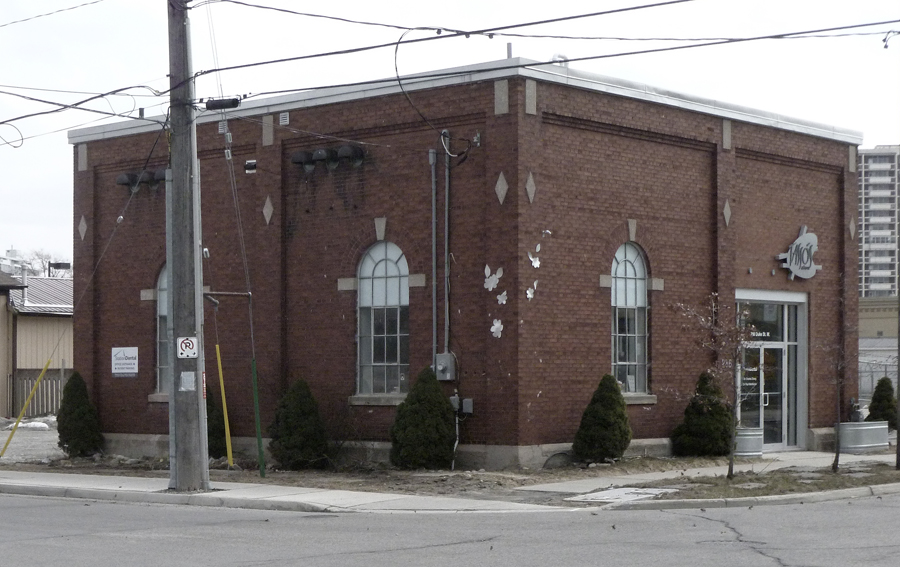
“Hydro Substation, Breithaupt and Duke,” 2013
Evolving Urban Landscapes captures many such changes in industrial building use, as in a recent photograph of a former hydro substation at Breithaupt and Duke in Kitchener. Last year, the building housed a salon; today, it is a dentist’s office. The exhibition also highlights the intensity of industrial architecture in the region, recording those structures that have been adaptively reused, and a few that continue to serve their original function. “Uniroyal, Strange Street” shows the elegant factory building designed by Albert Kahn in 1913, which is currently used by Airboss Rubber Compounding. (For more on the industrial architecture of the region, see Ex Industria, another Building Waterloo Region exhibition).
Other photographs show buildings that no longer exist, such as the red-brick Epton Industries building at the intersection of King and Victoria, where the University of Waterloo School of Pharmacy now stands in all its botanical glory. The John Forsyth factory, another excellent example of industrial architecture, is also documented. Elsworthy notes that its demolishment in 2005 was cited by Heritage Canada The National Trust as one of the worst heritage losses that year, and suggests that it should instead have been incorporated into Kitchener’s evolving innovation district. Many high-tech companies are located in large former factories with high ceilings and plenty of natural light (not unlike Waterloo Architecture’s own home in a former silk mill).
More than just an architectural archive, the photographs capture visual moments that spur the imagination in surprising ways. “15 John Street West” is a haunting image of a small Gothic Revival house, its greyish hues reminiscent of the washed-out aesthetic of Elsworthy’s coloured black and whites from the 1970s. But the image is from 2012, and a closer examination reveals the Sun Life office building looming in the background. With references to Jane Jacobs and Eugène Atget in his texts, Elsworthy demonstrates a keen analytical manner combined with an artistic sensibility honed over forty-four years of photographing the region’s urban environment. For that richness of insight, Evolving Urban Landscapes is well worth looking at – followed by a closer look at the city outside.
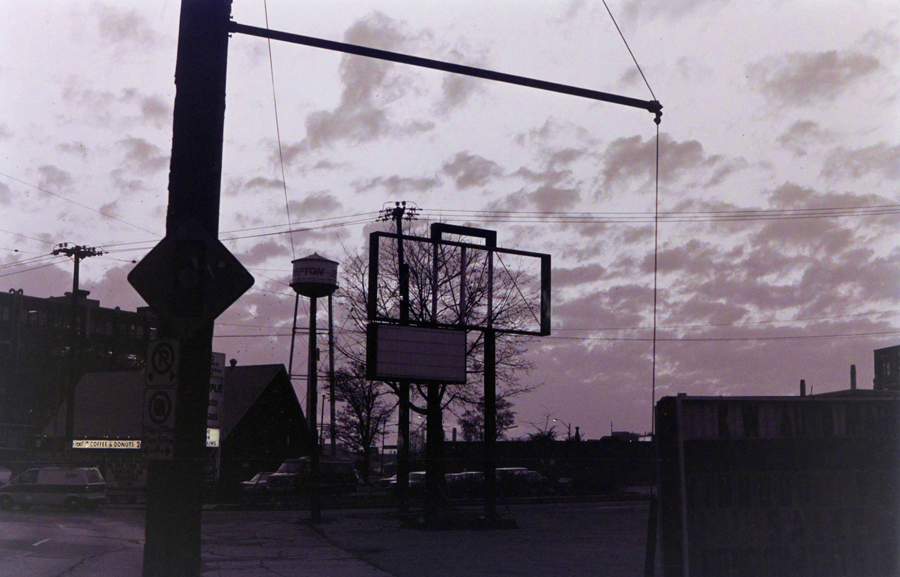
“Tin Roof Coffee and Donuts, Purple Sky,” c. 1992
Evolving Urban Landscapes: A Photographic Memoir is part of Building Waterloo Region and continues at Joseph Schneider Haus (466 Queen Street South, Kitchener, Ontario), through September 1, 2014. Ex Industria continues at Design at Riverside/Idea Exchange (7 Meville Street South, Cambridge, Ontario, inside the Waterloo Architecture building) through September 21, 2014.
I am a graduate student at the University of Waterloo School of Architecture, currently completing my MArch thesis on the design and collective memory of Indian residential schools in Canada.


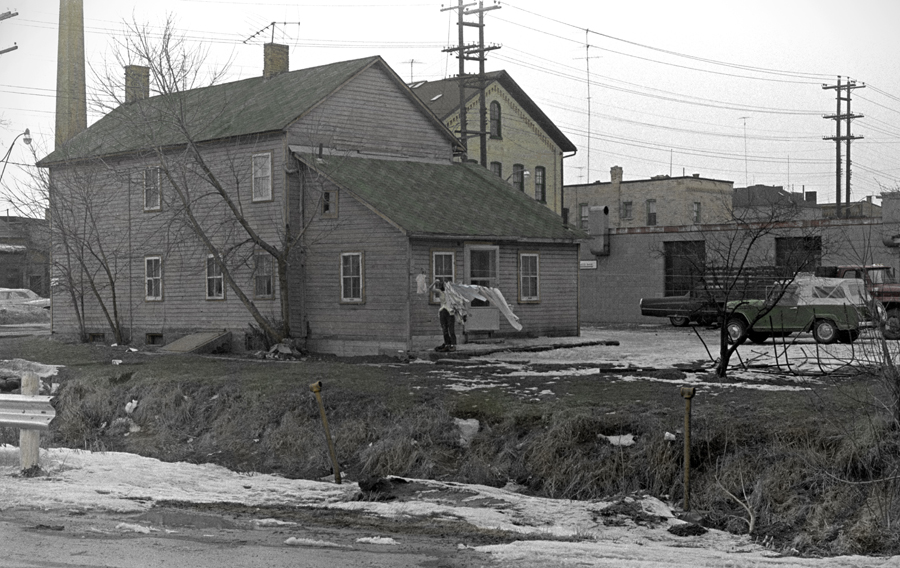
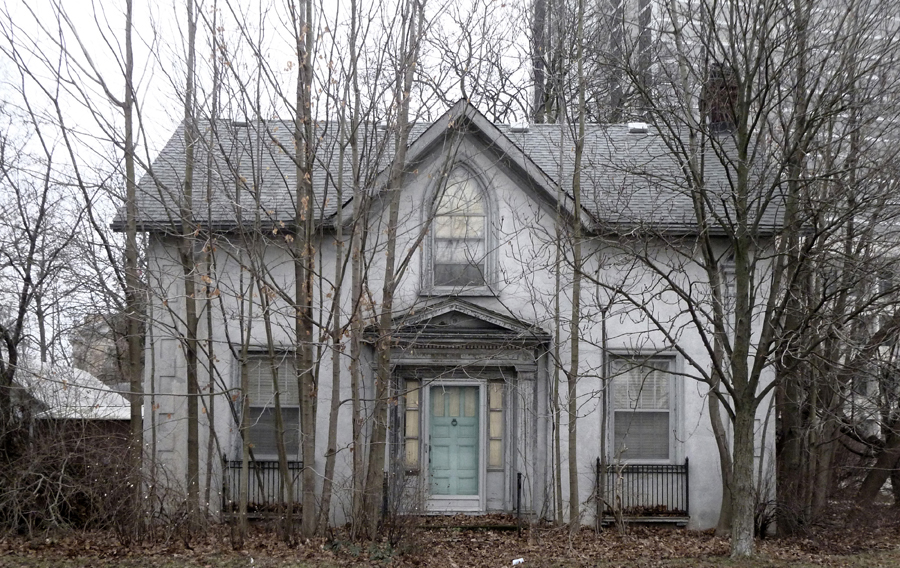
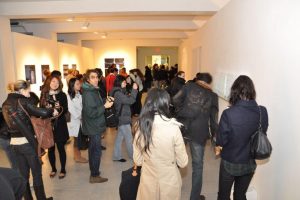
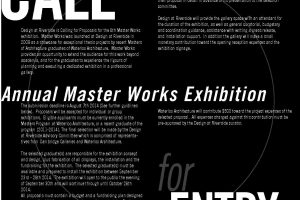

1 Comment
Leave your reply.